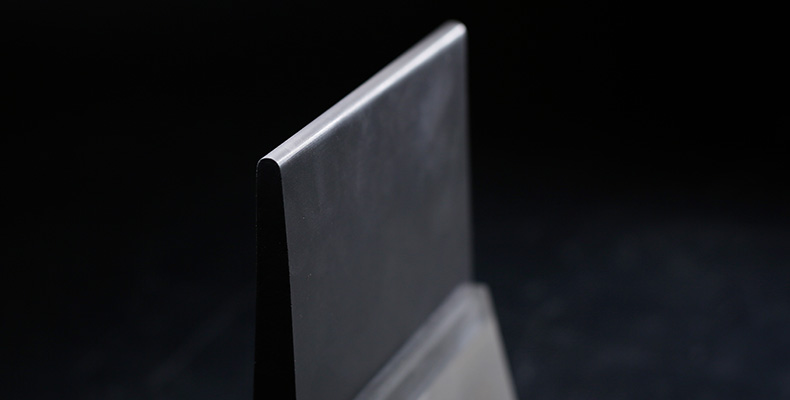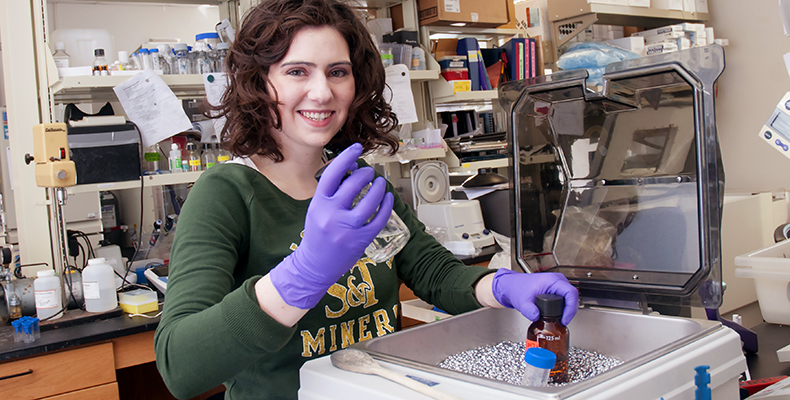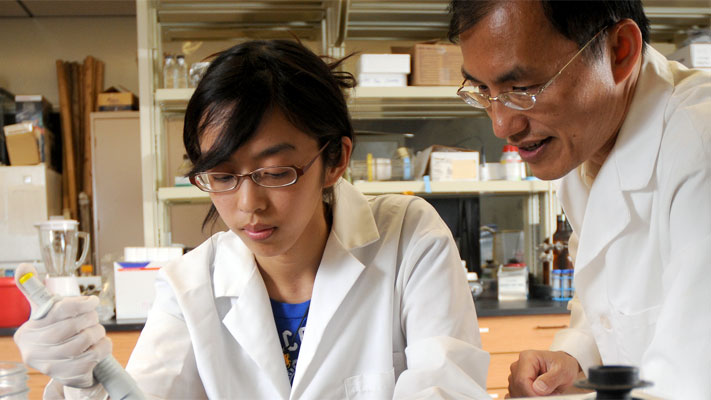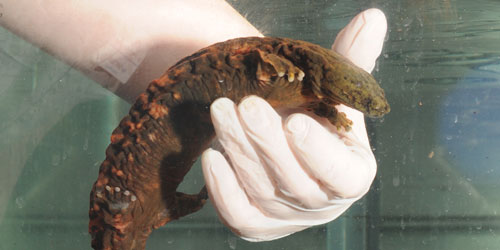
Missouri S&T researchers are investigating ultra-high-temperature ceramics like this for use in hypersonic vehicles and other extreme environments. Photo by Sam O’Keefe
Through the Enabling Materials for Extreme Environments signature area, Bill Fahrenholtz and Greg Hilmas are testing the thermal and mechanical properties of ceramics to find out what makes them stronger. They are investigating ultra-high-temperature materials for a variety of applications, including clean energy production, advanced propulsion systems and hypersonic flight vehicles. We sat down with the two Curators’ Professors of ceramic engineering to learn more about their research. [Read more…]




Recent Comments